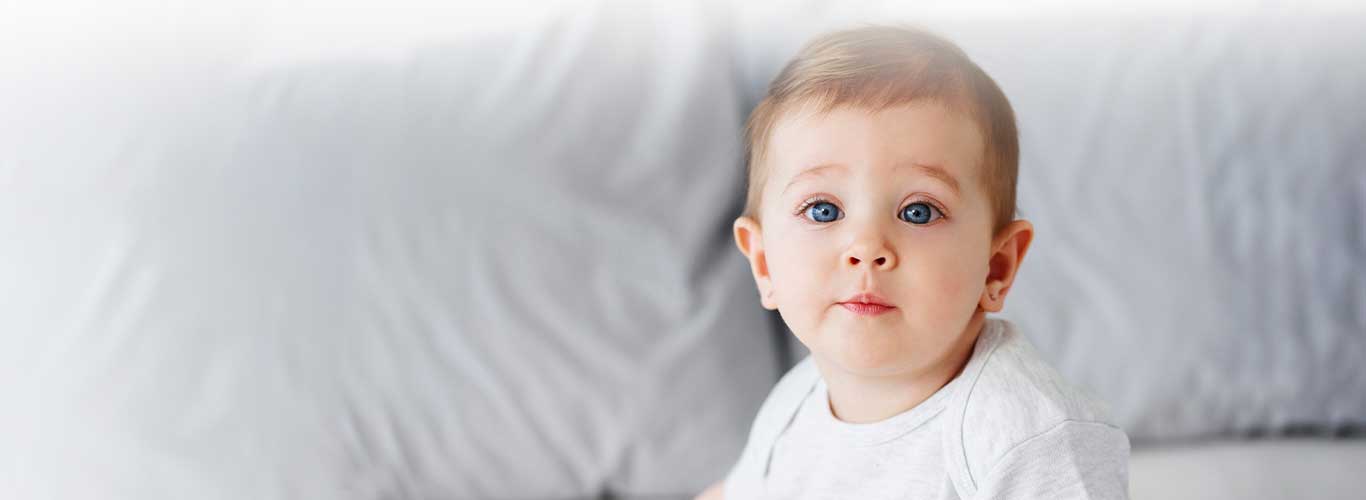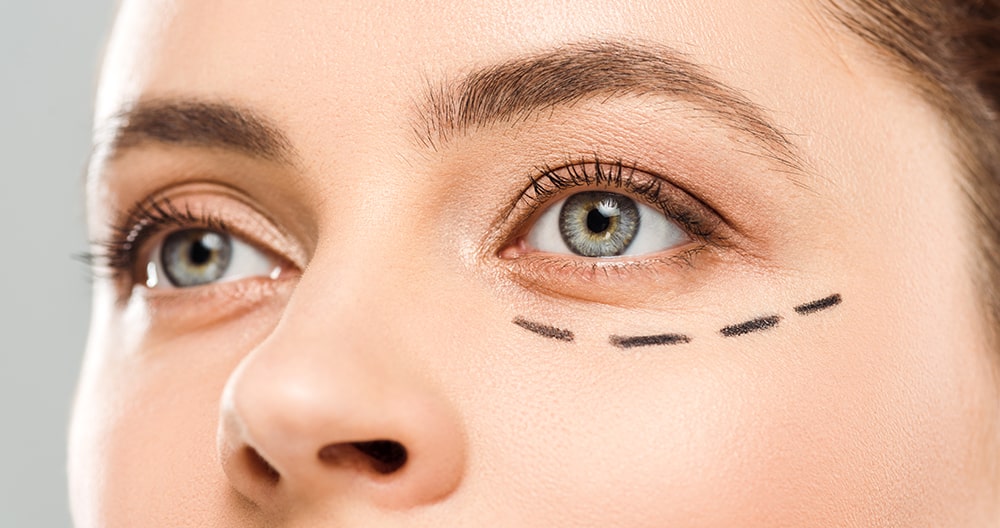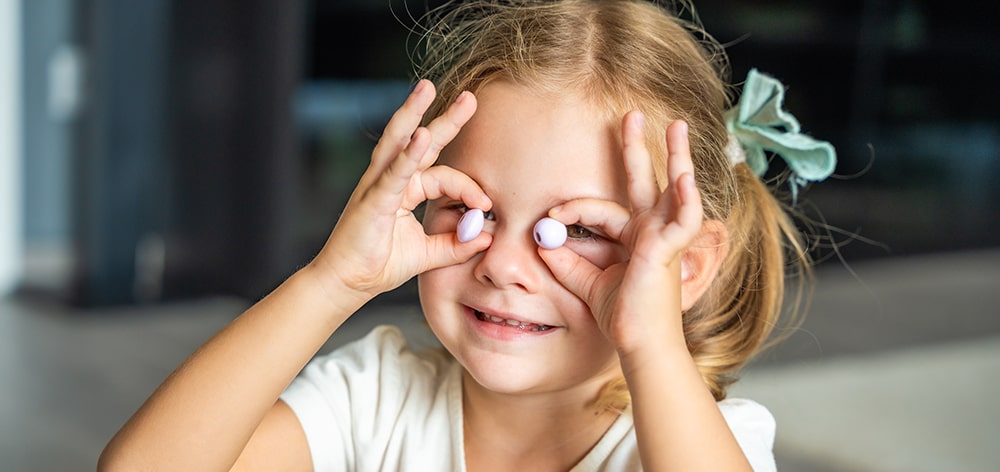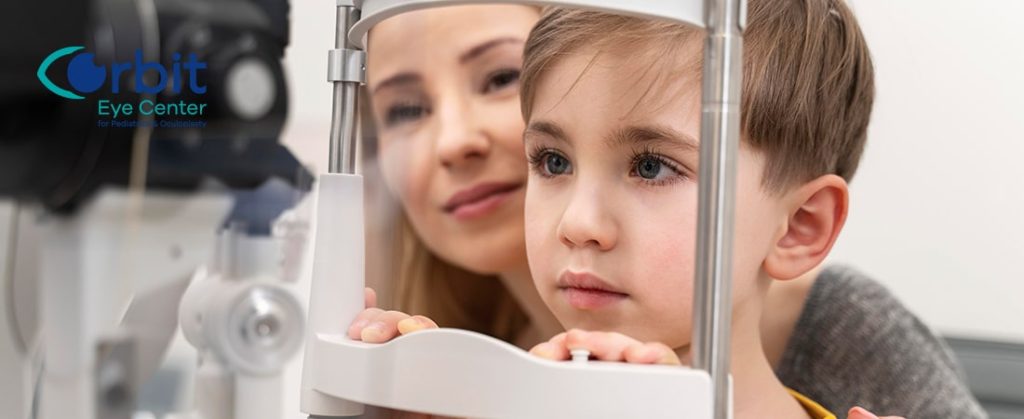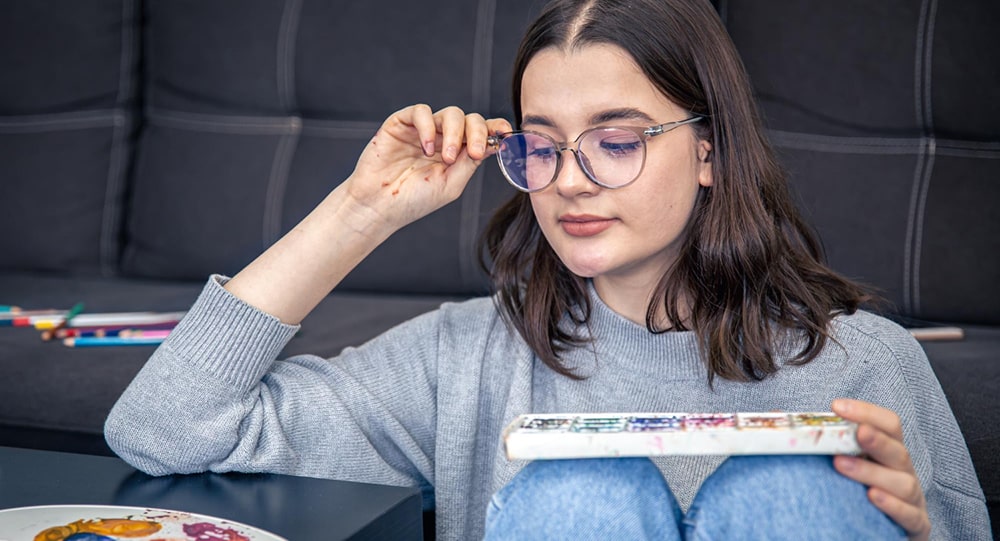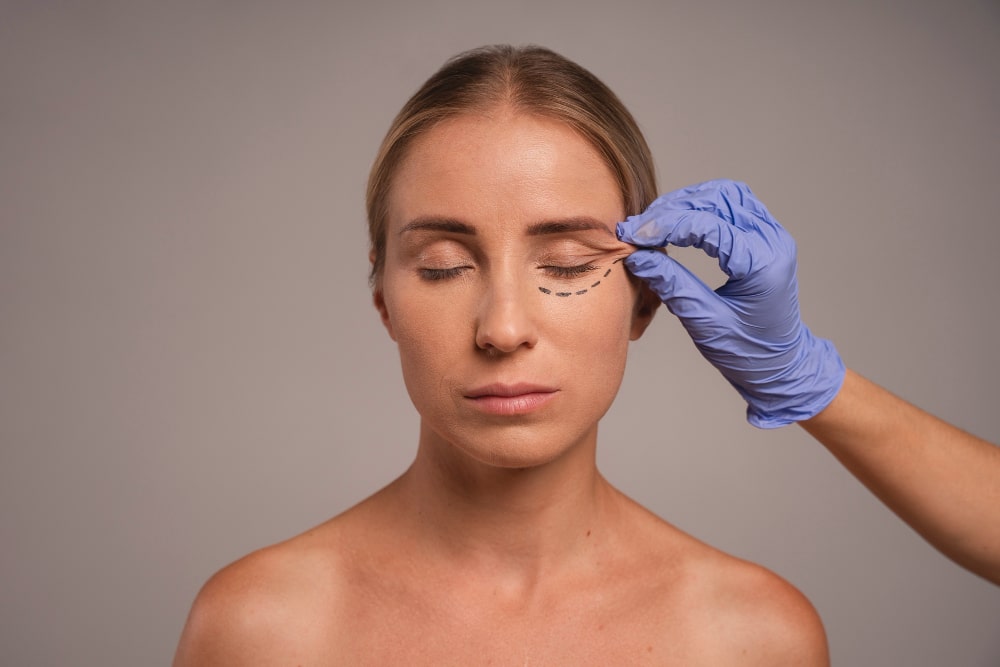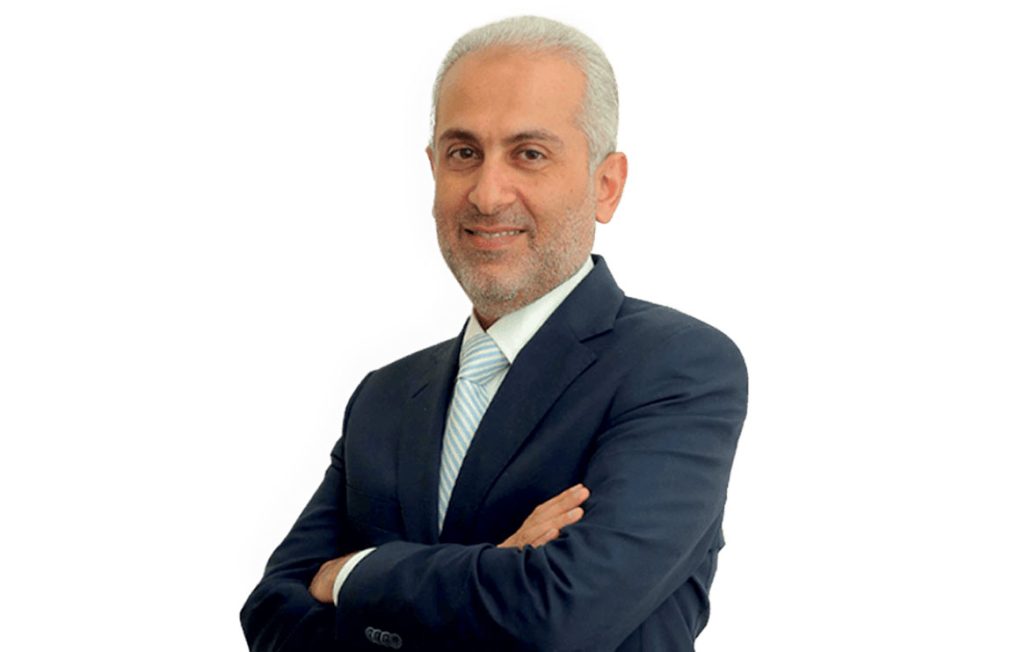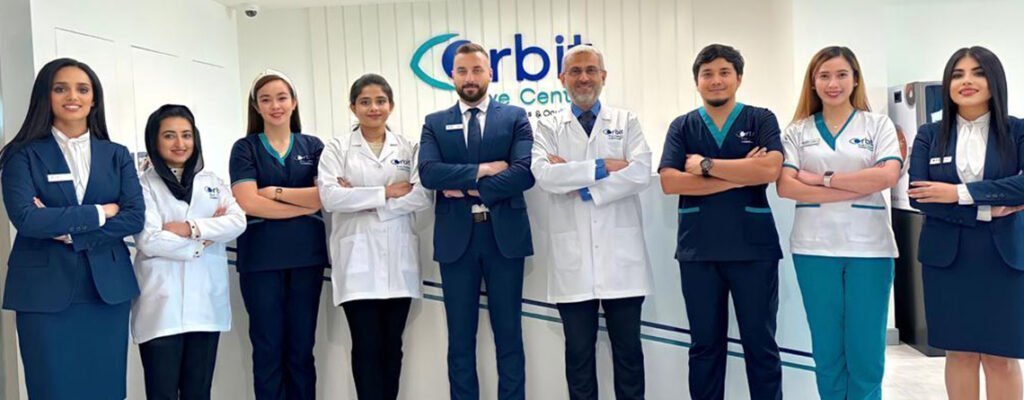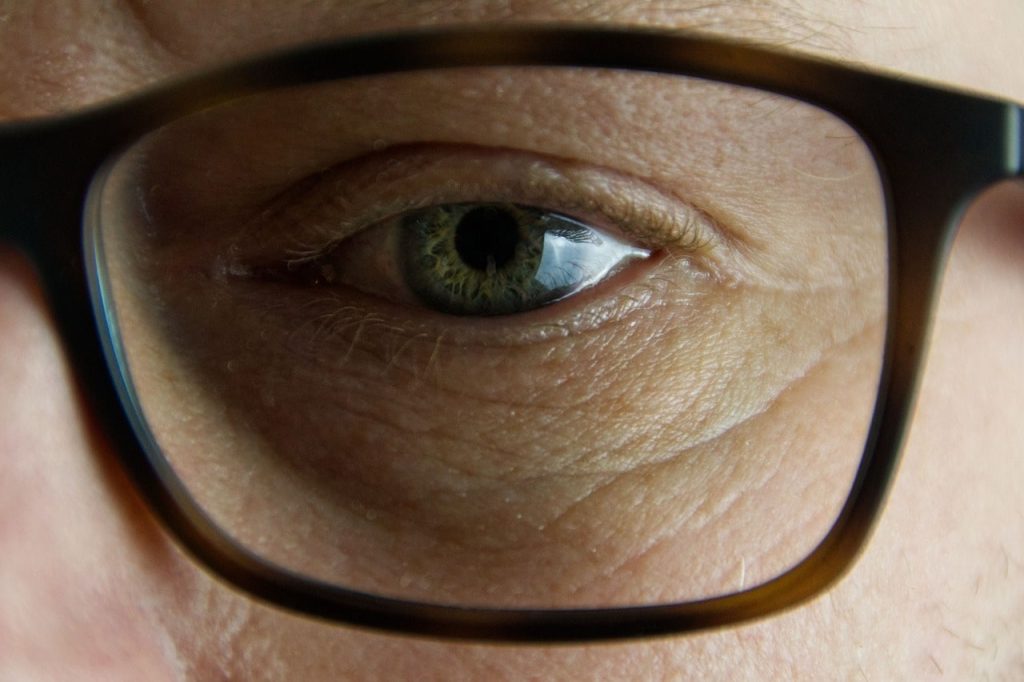What are Common Pediatric Eye Problems?
There are many pediatric eye problems that can affect young children. These include:
- Myopia: Also known as near-sightedness. The child can clearly see close objects but experiences blurry vision when looking at distant objects.
- Hyperopia: Also known as farsightedness. The child can clearly see distant objects but has blurry vision when looking at close objects.
- Amblyopia: Also known as lazy eye. The child has poor vision in one eye. This condition responds well to treatment if detected early.
- Diplopia: The child has double vision and sees a single object in 2 different places. It is caused due to the misalignment of the eyes.
- Astigmatism: This condition is characterized by blurry vision and may be caused by an uneven curvature of the cornea and/or lens.
- Pediatric cataract: This condition involves clouding or opacity of the lens.
- Excessive tearing: This condition is caused due to the blockage of the tear drainage system.
- Cortical visual impairment: Vision problems occur due to abnormalities in the visual center of the brain.
- Pediatric glaucoma: The condition is associated with increased pressure within the eye. It is a rare condition that can lead to permanent vision loss.
Signs & Symptoms of Pediatric Eye Problems
The common signs that indicate that your child may have a pediatric eye problem include:
- Frequent blinking or rubbing of the eye
- Tilting of the head to one side
- Holding objects close to their eyes
- Squinting
- Difficulty with reading
- Short attention span
- Frequent headaches
Untreated Pediatric Eye Problems
Many pediatric eye problems, such as amblyopia, respond well to treatment when they are detected and treated early. If detected at a later stage, the pediatric eye problem will be difficult to treat, and your child may suffer some degree of permanent vision loss.
Diagnosis of Pediatric Eye Problems
Most pediatric eye problems can be diagnosed by discussing the signs and symptoms with your doctor or an eye specialist and undergoing a full eye examination.
Treatment of Pediatric Eye Problems
Treatment for pediatric eye problems will depend on the underlying cause of the condition. Conservative or nonsurgical treatments are usually the first line of treatment. If these options fail, eye surgery may be required.
Nonsurgical Treatments for Pediatric Eye Problems
The nonsurgical treatments for pediatric eye problems include:
- Topical (eye drops)
- Systemic therapy (oral medication)
- Placement of eye patches
- Prescription for eyeglasses/contact lenses
Surgical Treatments for Pediatric Eye Problems
Some of the common surgical treatments for pediatric eye problems include:
- Strabismus surgery to correct eye misalignment
- Blocked tear duct surgery
- Pediatric cataract removal
- Eyelid cyst excision
- Drooping eyelid surgery
